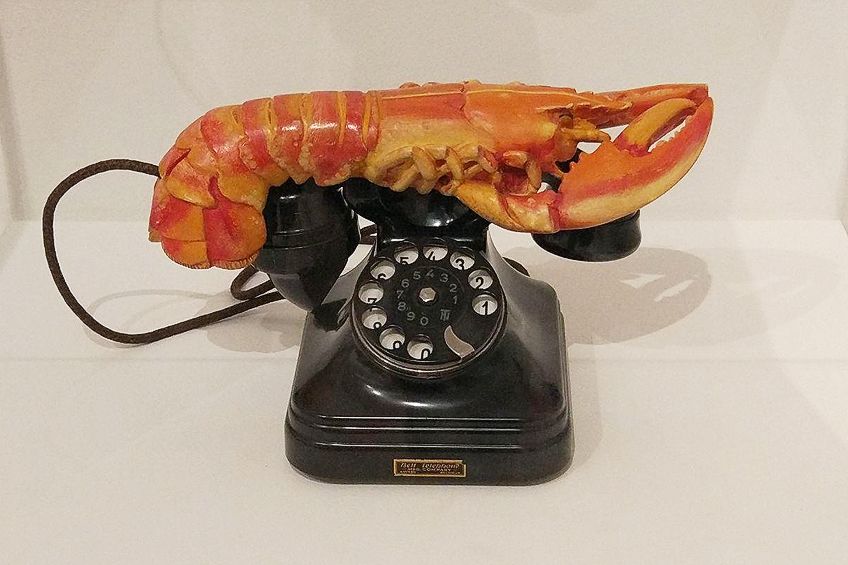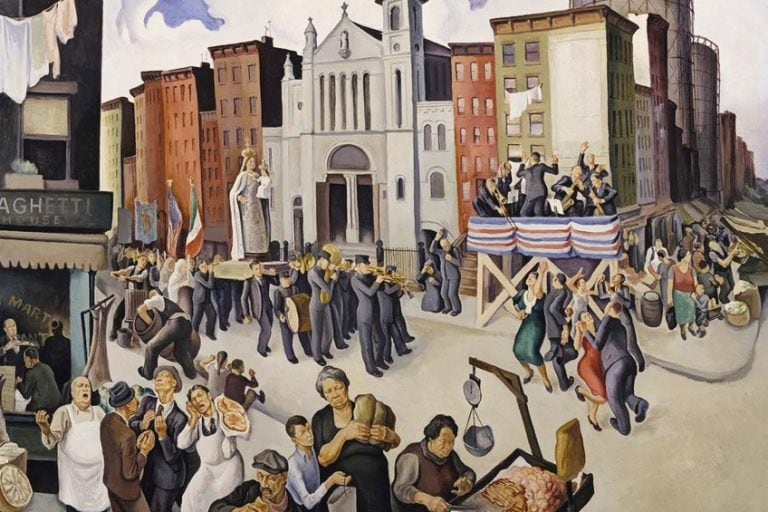Found Object Art – A Look at the Found Object Art Movement
When pondering the meaning of art, images of toilet cubicles are not likely to spring to mind. Or are they? Found Object artwork took a radical and outrageous approach in challenging society’s conceptions of the meaning of art. Whether the movement succeeded in convincing critics or simply marred the history of art with crude and absurd images that continue to haunt art galleries and the collective unconscious whether we like it or not is up for you to decide. One thing is for sure – this art movement got people talking.
What Is Found Art?
The development of a revolutionary art movement usually follows a common template. First, there is a political, cultural, and economic climate that lends itself to the subtle stirring of restlessness. Then, there are a few key figures who make their mark in standing up against the prevailing norms of the time – either eliciting change on a broad societal level or more exclusively within creative circles who become, in a way, the voice for the masses. The Found Art movement was no exception.
Found Art in a Nutshell
In a few words, Marcel Duchamp aptly summarizes the work of this movement: “…an ordinary object could be elevated to the dignity of a work of art by the mere choice of the artist”. The concept thus refers to artwork that is deemed such by the artist, after having found or an everyday object and converted it into art by the artist calling it such.
The emphasis in defining a work of art according to this movement was on the idea rather than on the act of personally producing a new painting or sculpture. The process was simple: the artist finds an object that appears in daily life, might make one or two small changes to it, and gives it a unique title for it to be called “art”.
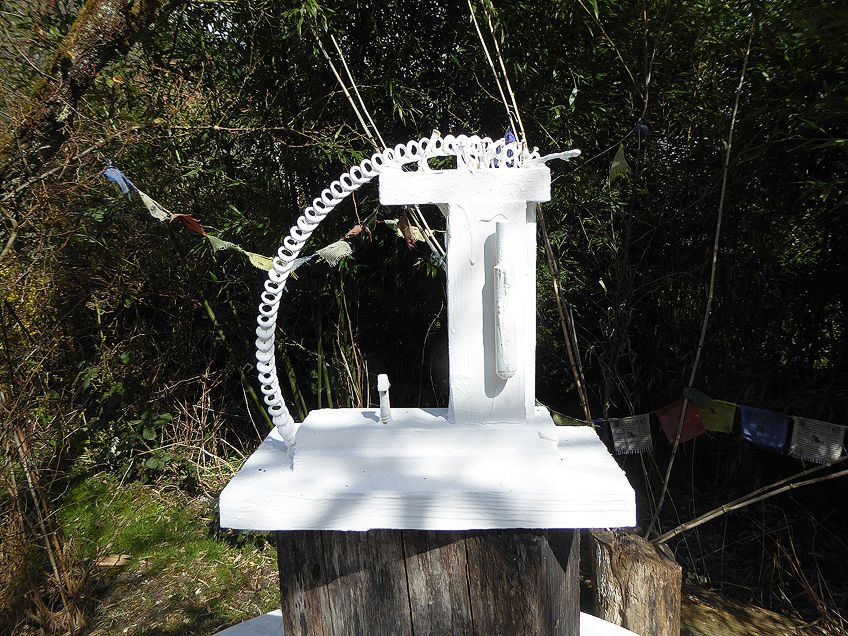
Objects that are deemed “found” include a wide range of items, from natural objects such as skulls, feathers, or shells to each and any synthetic object you can imagine; from bicycle wheels to screws to fashion items and everything in between. This includes two-dimensional objects such as photographs or newspaper clippings. The French words “objet trouvé” are also commonly used to describe this type of art.
This movement confronted not only traditional ideas about what art is, but also gave renewed life to objects that were the product of mass production, and questioned consumerism – which were both ideas that were emerging at the time in response to the industrial revolution.
Dadaism was one movement that could no longer tolerate the injustices of the time and had a large influence on the development of this art movement. Dadaism set into motion a few revolutionary movements, such as this art movement, that reared their heads in response to the climate of the times.
One could argue that found objects were used by primitive man. Fast-forward a few million years and one would see collections of found objects displayed in the 16th century German Wunderkammer and Cabinets of Curiosities. This approach to art was rediscovered or popularized by Duchamp and other artists in the relatively recent past and made more official. Art such as this helped to bridge the gap between art and life, making the two barely distinguishable from one another.

Key Terms
With Found Object Art, you might come across various words that are similar in meaning that describe the approach that artists belonging to this movement might use. However, they have slightly different connotations, as you will see below.
Assemblage
This refers to the combination of objects or parts of objects that are generally considered unrelated and may include found objects or items that have been intentionally acquired in one way or another. Some of Pablo Picasso’s Cubist art in the early 20th century are the earliest examples of assemblage in action, as were numerous Surrealist creations of the time. This technique became more popular during the mid-20th century.
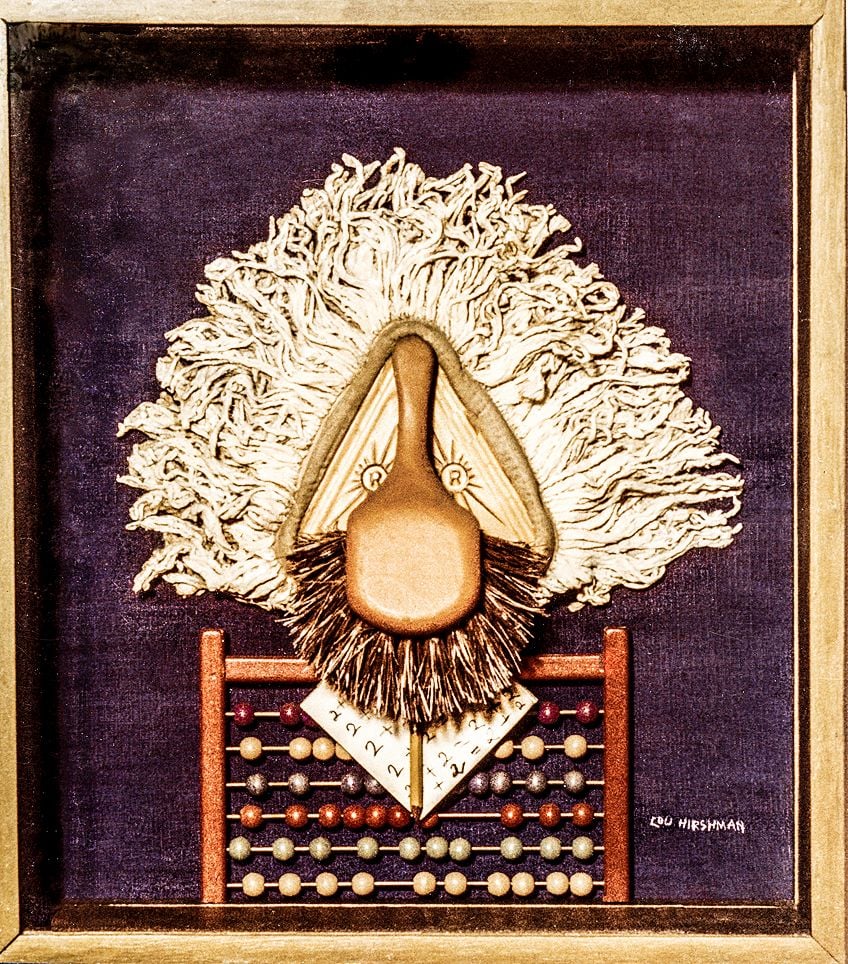
Ready-Made
This term was first used by Marcel Duchamp to describe some of his artwork that comprised objects that had already been manufactured, such as bicycle wheels or the urinal he used in The Fountain, which is described in greater detail later in this article. It has since been used to describe the work of other artists who employ a similar use of objects in a creative context.
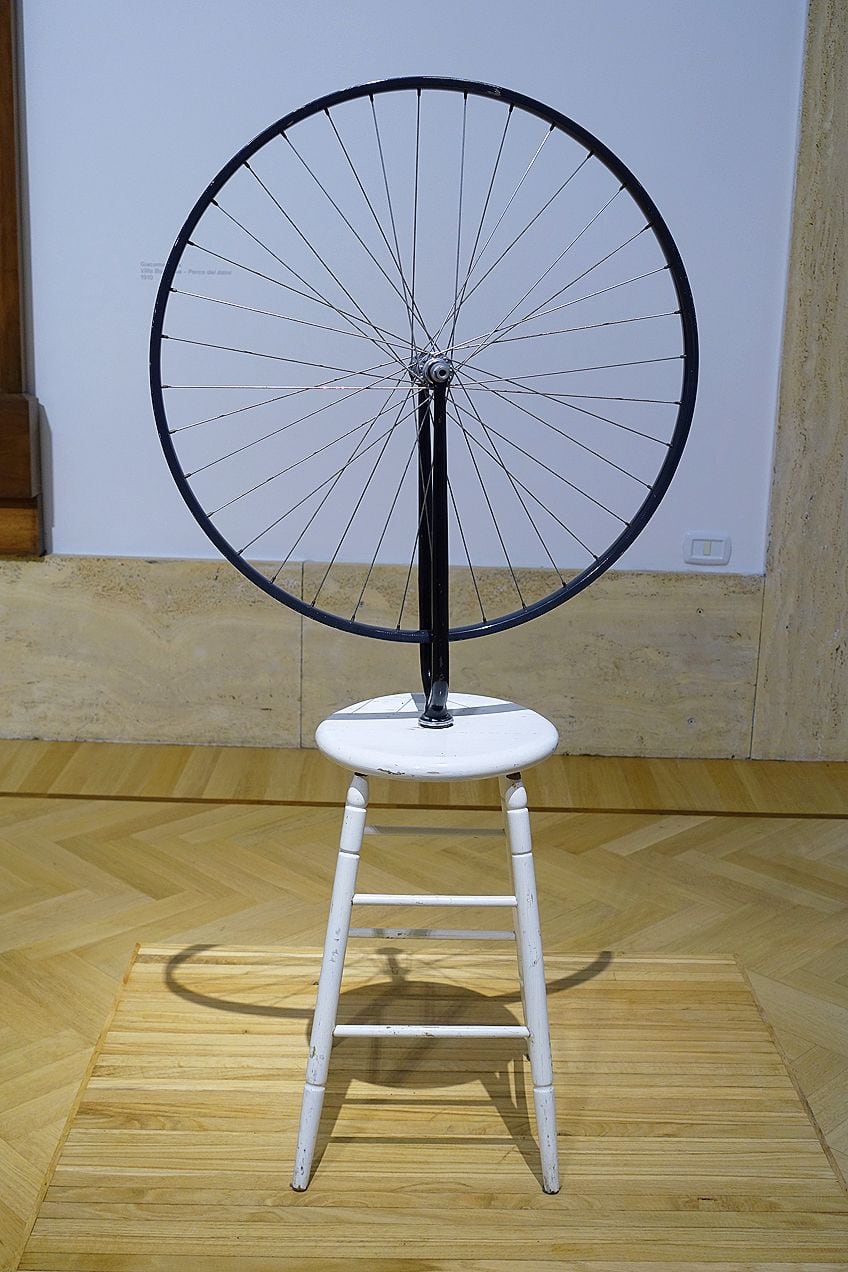
Appropriation
This term describes the act of using objects in the art without changing them, describing a trend among artists starting in the Cubist methods at the beginning of the 20th century. The early use of appropriation took form in the works of artists like Salvador Dali and Marcel Duchamp.
The use of appropriation seemed to gain momentum by the mid and late 1900s, later including the work of Jasper Johns and Pop Art in the 1950s. The term soon took on a more specific reference to the Neo Geo group of American artists that emerged in the 1980s and is now associated with names like Sherrie Levine.

Key Principles
There were three principles at work in the movement from conventional art to the production of Found Object Artwork. Creativity was raised onto a pedestal not through the personal creation of a new image, but, firstly, through the act of choosing an object.
Worthy items might include something the artist came across in their everyday life or something they bought intending to fashion an artwork out of it. Generally speaking, there was no limit to what the object might be.
The second element of creativity that was introduced with this type of art was in the act of labeling it as art, which was seen to nullify the meaning or functionality of the object as it was understood in its usual context. Cancel the object’s familiar purpose by presenting it as a work of art.
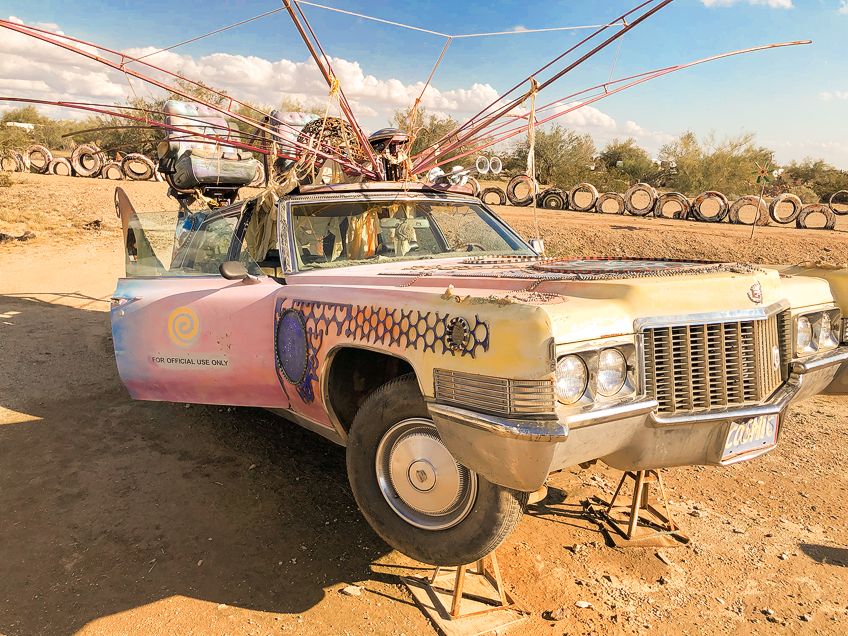
Finally, the artwork transcended the realms of normality and made the transition into its title as a “work of art” by having a unique title ascribed to it, which often elevated the object to having a new meaning independent of its original meaning.
The emphasis in this art movement was thus on the idea behind the art in a simplistic, abstract way rather than displaying the complexity that one traditionally associates with what might be considered a “good” piece of art. If you compare this kind of art with the work of Raphael, for example, it is easy to witness the contrast in values.
Through these principles, our relationship with not only art but more importantly, everyday objects, are put into question.
Notable Artists
The artwork of Pablo Picasso (1881-1973) can be said to include elements of found art. Indeed, it laid the bedrock for the trend of using everyday objects in art. His collages, for example, often included newspaper clippings. Picasso took his found art to the next level when he included a three-dimensional found art addition to his painting Still Life with Chair Caning (1912).
Marcel Duchamp (an experimental artist) made the movement more official by coining the term “ready-made” to describe his work that included the Fountain (1917), Bicycle (1913), and Bottle-Rack (1914), which used normal objects taken out of their normal contexts as artwork.
Duchamp was careful to distinguish between “ready-made objects” and “found art objects”, where the latter term refers to objects that allegedly qualify as art due to specific qualities that they have while the former relates to art that has been deemed as such by the creative act of choosing the object.
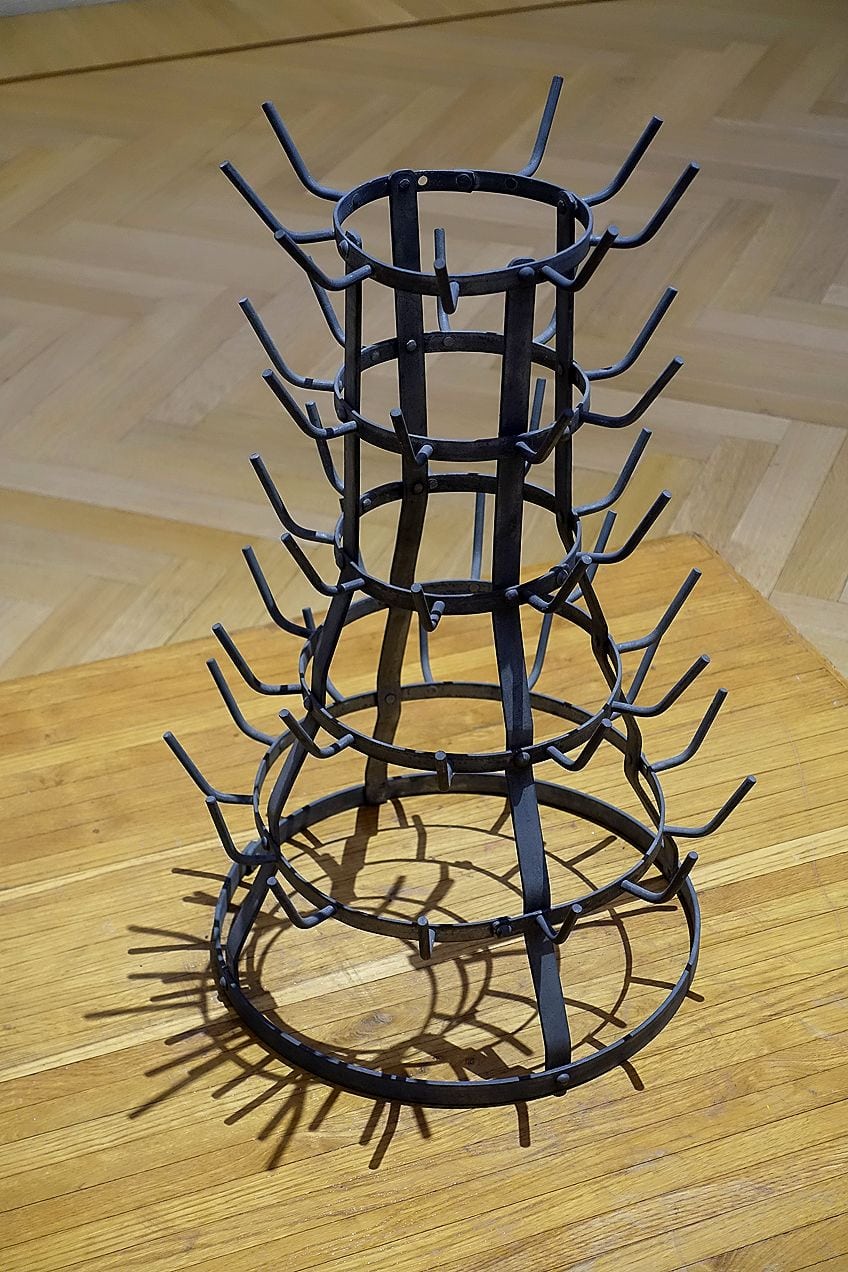
By the 1930s, this type of art had gained popularity in the art world, and the various types of objects used in this art had been organized and categorized more specifically, and included groups of items called “natural objects”, “perturbed objects” and “mathematical objects”.
Other notable names in the movement include Man Ray (1890-1976), Kurt Schwitters (1887-1948), Salvador Dali (1904-1989), and many others within Dadaism, Surrealism and Pop Art. In later years artists such as Sarah Lucas Bill Woodrow and Michael Landy used found objects in their art.
The legacy of this style of art remained to influence other important art movements during the 20th century, such as Pop Art (1950-1970), the Fluxus Movement (founded by George Maciunas in the mid-twentieth century), and Postmodernist Art (mid-late 20th century).
Major Artworks
The artworks described below are some of the most controversial in the Found Object Art movement, in the sense that they challenge stereotypes, assumptions, and taboo topics that were not commonly addressed in art, or any other context for that matter. All three were produced in the 20th century.
The Fountain (1917) – Marcel Duchamp
Marcel Duchamp was one of the most brazen, and well-known, members of this movement, although he only produced thirteen artworks that he could call his own, all created between 1914 and 1921, that fell into the “readymade art” or “Found Object Art” category.
Despite its simplicity, the Fountain is easily one of the most controversial pieces of art history. It was influential at the time and continues to have a far-reaching impact. It essentially comprises a urinal with the inscription “R. Mutt”, and the date of production, and by simply elevating the toilet to the status of an artwork, challenges the common-notion conception that art needs to be something complex, inspirational and skillful.
In this way, Duchamp integrated the sanctity of art and an everyday object that ordinarily inspires disgust. By superimposing the toilet into the context of art, it is removed from its functionality, thus inviting the viewer to reconsider its value in a different context.

Lobster Telephone (1938) – Salvador Dali
This sculpture produced by Salvador Dali is most often associated with the Surrealist art movement, as it is inspired and motivated by the works of Sigmund Freud, reflecting the inner life of the unconscious and the dreamworld and unexpectedly combining seemingly unrelated objects. It was produced for Edward James, a collector of Surrealist art.
Looking at the sculpture, you would see a red lobster perched on top of a telephone. Lobsters and telephones feature predominantly in much of Dali’s work. His views, expressed in The Secret Life of Salvador Dali, give us some idea of the thought processes that might justify the combination of these two objects, or at least shed light on the mind of the artist:
“I do not understand why, when I ask for a grilled lobster in a restaurant, I am never served a cooked telephone; I do not understand why champagne is always chilled and why on the other hand telephones, which are habitually so frighteningly warm and disagreeably sticky to the touch, are not also put in silver buckets with crushed ice around them.”
The lobster and telephone feature in various paintings, where the lobster is often given sexual connotations. As you can see in Lobster Telephone, the sexual parts of the lobster are carefully situated at the mouthpiece of the phone.

My Bed (1998) – Tracey Emin
Although featuring later in the movement, Tracey Emin’s My Bed is an example of Found Art that was hugely controversial. It comprises her unmade bed and surrounding objects such as bottles of alcohol and soiled tissues strewn about, exactly as one would have found it following her depressive episode after she experienced a difficult break-up.
Although she did not receive the Turner prize for this piece as she had hoped, and inspired much disgust from many onlookers and critics alike, it was still an artwork that was pivotal for her career. It challenged preconceived ideas about how women should behave. Throughout her artistic career, Emin was inspired by her difficult and traumatic past.
History is awash with activists making a statement against the prevailing norms of the time, and Found Art is no exception. Taking a closer look at some of the seminal Found Object Artwork reveals that there was more to this movement than meets the eye. For as long as it was making an appearance in the art world, it never ceased to take the art world head-on in its blatant confrontation of what was considered normal, both in art and in society.
Frequently Asked Questions
Why Is Found Object Art Controversial?
This type of art is often considered highly controversial because it is an overt and often crude way of challenging pre-existing notions of art. It does this by using ordinary, everyday objects that are not usually associated with art and elevating them to the status of art merely by claiming that it is art, perhaps modifying the item slightly and giving the object a new name. Some art in this movement also attacked certain social norms and ideas that were prevalent at the time, making it controversial.
When Did the Found Object Art Movement Start?
It can be said that this art movement started as early as the 1600s when individuals displayed interesting objects in their private collections, but it was only in the early 1900s that it became an official movement. Pablo Picasso’s Still Life with Chair Caning in 1912 was one of the first paintings to include material from a physical object, but it was Marcel Duchamp’s series of artworks that made the term more official.
What Is Found Art Sculpture?
Found Object Sculpture is when artists use objects that they may come across in everyday life to create a three-dimensional piece of art. It can refer to “ready-made” items, such as telephones or hats or it can refer to an assemblage of different objects that normally would not be associated with one another to create a new, often absurd, structure. Artists might come across objects in their daily lives, or they might scavenge for items or intentionally purchase them to produce their sculptures. Sometimes a title was given to the work to add a new dimension of meaning to the artwork.
Can Found Object Art Be Two-Dimensional?
Although this form of art is usually associated with three-dimensional objects and Found Object Sculpture, artwork belonging to this movement can include two-dimensional objects. These might include photographs or newspaper clippings that are added to a collage or photomontage, for example.
Why Do Artists Use Found Objects?
In the early 1900s, a movement started that intended to challenges people’s conception of the meaning of art by placing ordinary objects or combining different everyday objects, in the context of art. They wanted to make a statement against the popular or conventional meaning of art, as well as consumerism and mass production. Over the years, found objects have been used to make other statements as well, as an outcry against certain values in society that were considered by the artist to be questionable or outdated.
Isabella studied at the University of Cape Town in South Africa and graduated with a Bachelor of Arts majoring in English Literature & Language and Psychology. Throughout her undergraduate years, she took Art History as an additional subject and absolutely loved it. Building on from her art history knowledge that began in high school, art has always been a particular area of fascination for her. From learning about artworks previously unknown to her, or sharpening her existing understanding of specific works, the ability to continue learning within this interesting sphere excites her greatly.
Her focal points of interest in art history encompass profiling specific artists and art movements, as it is these areas where she is able to really dig deep into the rich narrative of the art world. Additionally, she particularly enjoys exploring the different artistic styles of the 20th century, as well as the important impact that female artists have had on the development of art history.
Learn more about Isabella Meyer and the Art in Context Team.
Cite this Article
Isabella, Meyer, “Found Object Art – A Look at the Found Object Art Movement.” Art in Context. June 1, 2021. URL: https://artincontext.org/found-object-art/
Meyer, I. (2021, 1 June). Found Object Art – A Look at the Found Object Art Movement. Art in Context. https://artincontext.org/found-object-art/
Meyer, Isabella. “Found Object Art – A Look at the Found Object Art Movement.” Art in Context, June 1, 2021. https://artincontext.org/found-object-art/.


